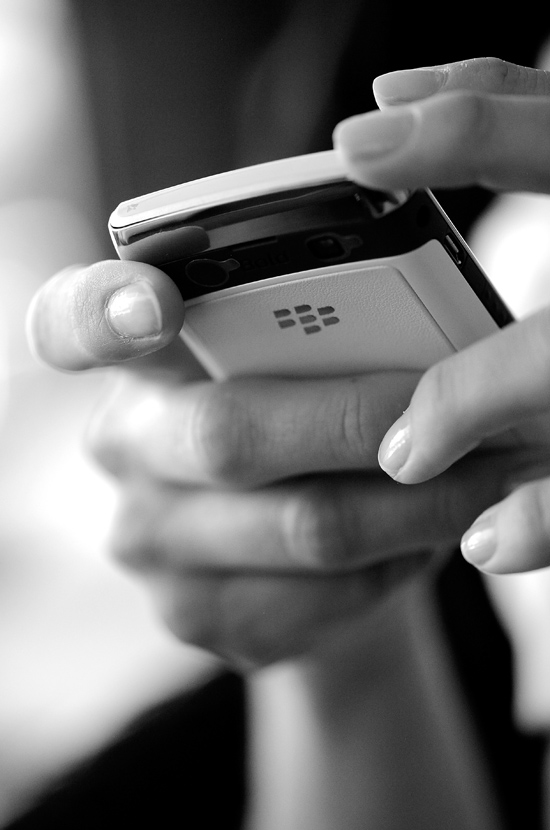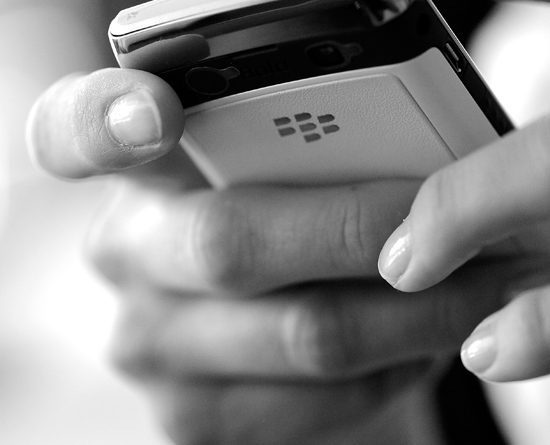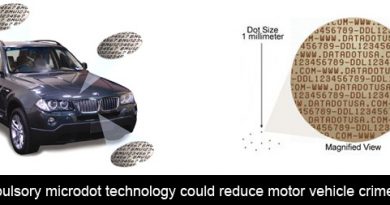Tweeting from courts: What are the guidelines? Interesting Guidelines from the UK

The eyes and ears of many South Africans have been closely focused on the Oscar Pistorius bail hearing during the past week! Many of us have followed the tweets from inside the court room to find the information and drama as it unfolded in court. What does the law say or require about tweeting from inside a court room?
We found some info from the UK which we would like to share:
PRACTICE GUIDANCE: THE USE OF LIVE TEXT-BASED FORMS OF COMMUNICATION (INCLUDING TWITTER) FROM COURT FOR THE PURPOSES OF FAIR AND ACCURATE REPORTING
Preamble
1) This Practice Guidance (the Guidance) applies to court proceedings which are open to the public and to those parts of the proceedings which are not subject to reporting restrictions. It is issued (as Guidance and not a Practice Direction) following a consultation relating to the use of live, textbased communications. Those consulted included the Judiciary, the Secretary of State for Justice, the Attorney General, the Director of Public Prosecutions, the Bar Council, the Law Society, the Press Complaints Commission, and the Society of Editors in addition to interested members of the public via the Judiciary website.
2) The Guidance clarifies the use which may be made of live text-based communications, such as mobile email, social media (including Twitter) and internet enabled laptops in and from courts throughout England and Wales. For the purposes of this Guidance these means of communication are referred to, compendiously, as live, text-based communications. The Guidance is consistent with the legislative structure which:
a. prohibits:
i. the taking of photographs in court (section 41 of the Criminal Justice Act 1925); and,
ii. the use of sound recording equipment in court unless the leave of the judge has first been obtained (section 9 of the Contempt of Court Act 1981); and
b. requires compliance with the strict prohibition rules created by sections 1, 2 and 4 of the Contempt of Court Act 1981 in relation to the reporting of court proceedings. 3) The Guidance replaces the Interim Practice Guidance of 20 December 2010 and has immediate effect.
General Principles
4) The judge has an overriding responsibility to ensure that proceedings are conducted consistently with the proper administration of justice, and to avoid any improper interference with its processes.
5) A fundamental aspect of the proper administration of justice is the principle of open justice. Fair and accurate reporting of court proceedings forms part of that principle. The principle is however subject to wellknown statutory and discretionary exceptions. Two such exceptions are the prohibitions, set out in paragraph 2, on photography in court and on making sound recordings of court proceedings.
6) The statutory prohibition on photography in court, by any means, is absolute. There is no judicial discretion to suspend or dispense with it. Any equipment which has photographic capability must not have that function activated.
7) Sound recordings are also prohibited unless, in the exercise of its discretion, the court permits such equipment to be used. In criminal proceedings, some of the factors relevant to the exercise of that discretion are contained in Paragraph I.2.2 of the Consolidated Criminal Practice Direction. The same factors are likely to be relevant when consideration is being given to the exercise of this discretion in civil or family proceedings.
Use of Live, Text-based Communications: General Considerations
8) The normal, indeed almost invariable, rule has been that mobile phones must be turned off in court. There is however no statutory prohibition on the use of live text-based communications in open court.
9) Where a member of the public, who is in court, wishes to use live textbased communications during court proceedings an application for permission to activate and use, in silent mode, a mobile phone, small laptop or similar piece of equipment, solely in order to make live, textbased communications of the proceedings will need to be made. The application may be made formally or informally (for instance by communicating a request to the judge through court staff).
10)It is presumed that a representative of the media or a legal commentator using live, text-based communications from court does not pose a danger of interference to the proper administration of justice in the individual case. This is because the most obvious purpose of permitting the use of live, text-based communications would be to enable the media to produce fair and accurate reports of the proceedings. As such, a representative of the media or a legal commentator who wishes to use live, text-based communications from court may do so without making an application to the court.
11) When considering, either generally on its own motion, or following a formal application or informal request by a member of the public, whether to permit live, text-based communications, and if so by whom, the paramount question for the judge will be whether the application may interfere with the proper administration of justice.
12) In considering the question of permission under paragraph 11, the factors identified in Paragraph I.2.2 of the Consolidated Criminal Practice Direction are likely to be relevant.
13) Without being exhaustive, the danger to the administration of justice is likely to be at its most acute in the context of criminal trials e.g., where witnesses who are out of court may be informed of what has already happened in court and so coached or briefed before they then give evidence, or where information posted on, for instance, Twitter about inadmissible evidence may influence members of a jury. However, the danger is not confined to criminal proceedings; in civil and sometimes family proceedings, simultaneous reporting from the courtroom may create pressure on witnesses, distracting or worrying them.
14) It may be necessary for the judge to limit live, text-based communications to representatives of the media for journalistic purposes but to disallow its use by the wider public in court. That may arise if it is necessary, for example, to limit the number of mobile electronic devices in use at any given time because of the potential for electronic interference with the court’s own sound recording equipment, or because the widespread use of such devices in court may cause a distraction in the proceedings.
15) Subject to these considerations, the use of an unobtrusive, hand held, silent piece of modern equipment for the purposes of simultaneous reporting of proceedings to the outside world as they unfold in court is generally unlikely to interfere with the proper administration of justice.
16) Permission to use live, text-based communications from court may be withdrawn by the court at any time.
Lord Judge
The Lord Chief Justice of England and Wales
14 December 2011




